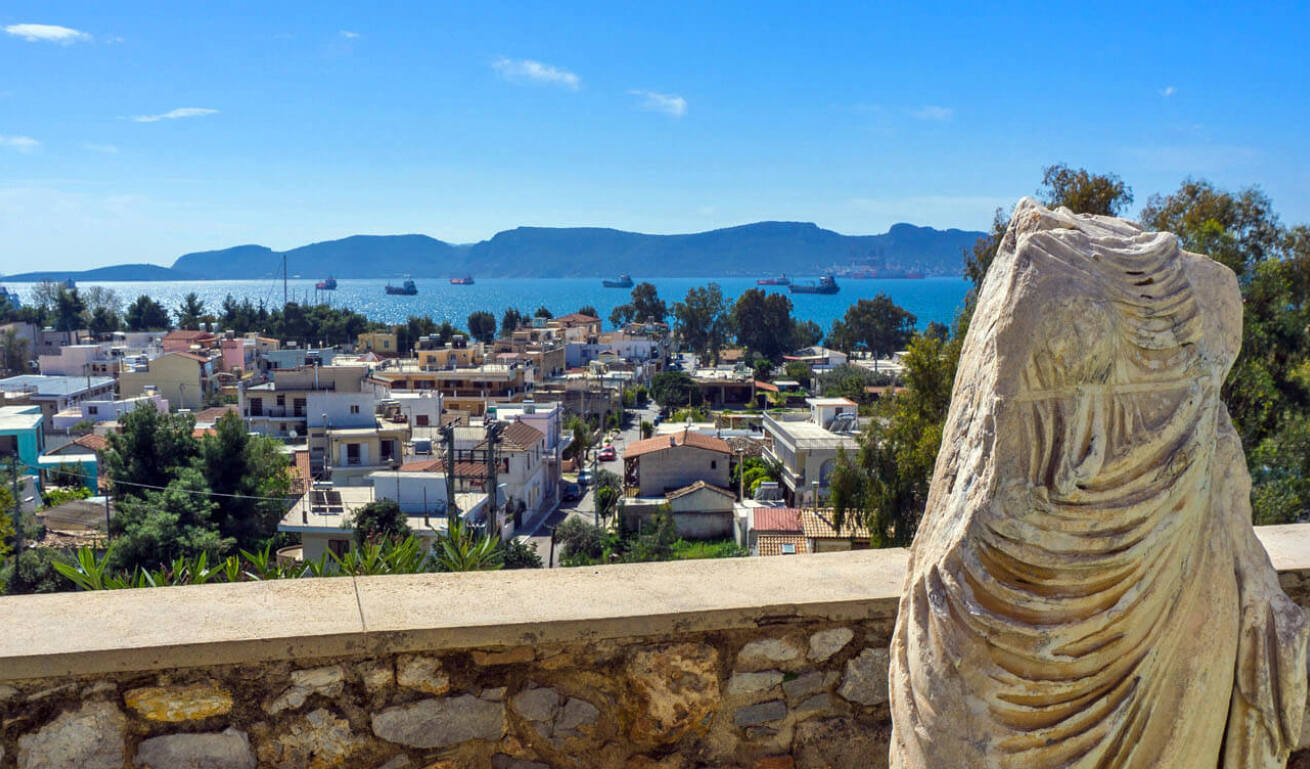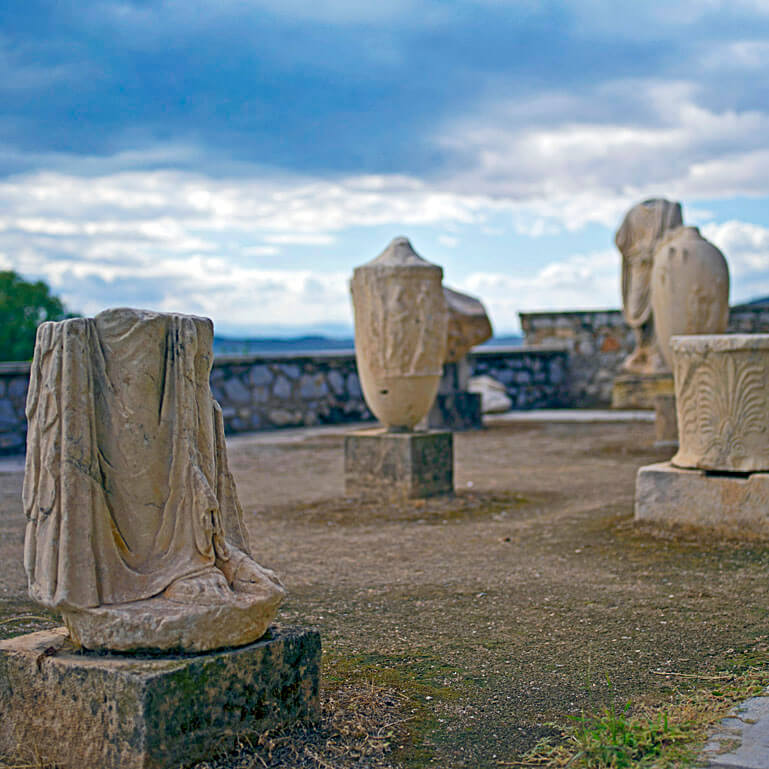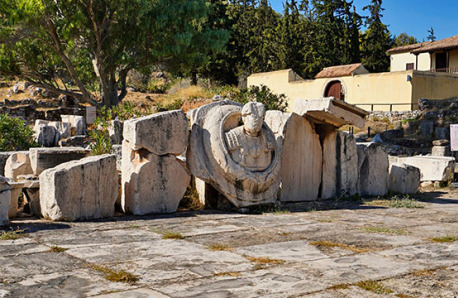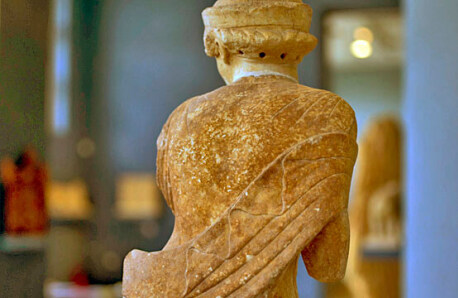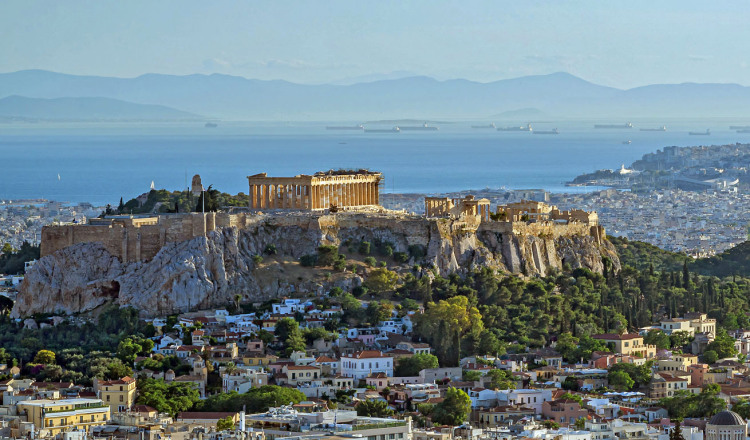
Elefsina
NOW
5 °C
Next 5 days
-
THURS
7 °C
-
FRI
11 °C
-
SAT
17 °C
-
SUN
17 °C
-
MON
17 °C
-
TUES
18 °C
Climatic Data
Source: National Observatory of Athens /meteo.gr
Unique Experiences
Strolling around Elefsina
By the second half of the 19th century, Elefsina had already become Greece’s industrial center par excellence. The city was transformed "from a fishing village to a bustling industrial city." Today, it is a modern city that has gained awards for its urban reconstruction and its performance in ecology and recycling.
When visiting Elefsina pay a visit to the Archaeological Site of Elefsina (Eleusis) and the Archaeological Museum, which hosts major exhibits of world cultural heritage value. The archaeological site is located in the center of the city, and is surrounded by the main pedestrian area that links the city center to the coastline.
Traces of the Sacred Way which joined Elefsina and Athens can still be seen.
The city’s cultural assets dating from up to the mid-19th century include Hadrian’s aqueduct and bridge, samples of the engineering genius of the time, as well as the chapels of Panagitsa in the archaeological site and Saint Zacharias, from the late Byzantine era.
The Kronos and Iris industrial buildings and the old Eleourgio, together with modern-day industries, constitute the city’s contribution to the industrial and post-industrial landscape of contemporary Greece!
Since 1975 the city has been staging the AISCHYLEIA, a major cultural event organized each September and named in honour of the ancient dramatist Aeschylus, who was born in Elefsina.

BY CAR
From Athens via the Athens Avenue the journey takes 40 minutes. From Thessaloniki via PATHE (Athens-Thessaloniki) to Thebes and take the exit to Aeschylus for Elefsina the journey takes 5 hours.
